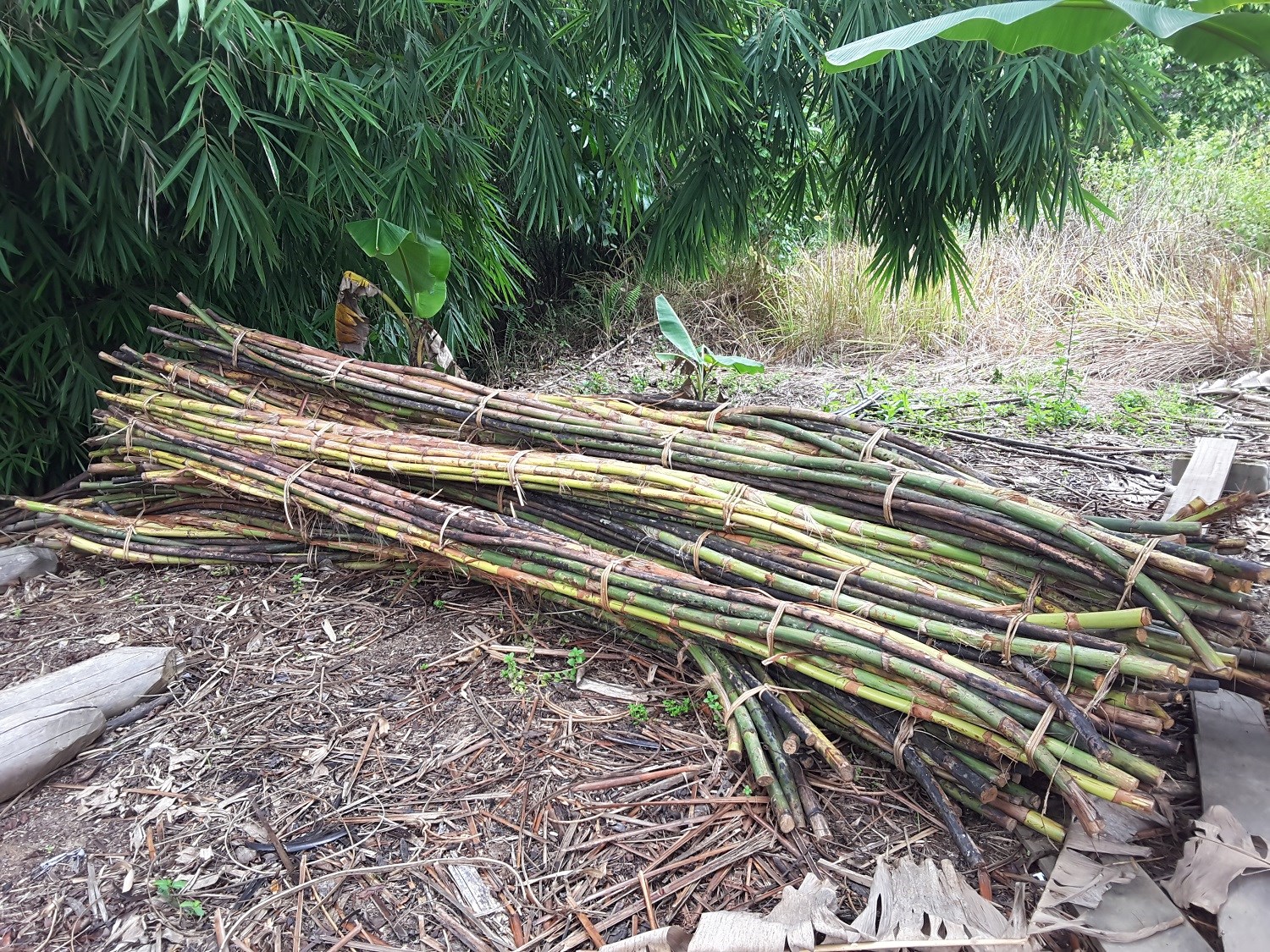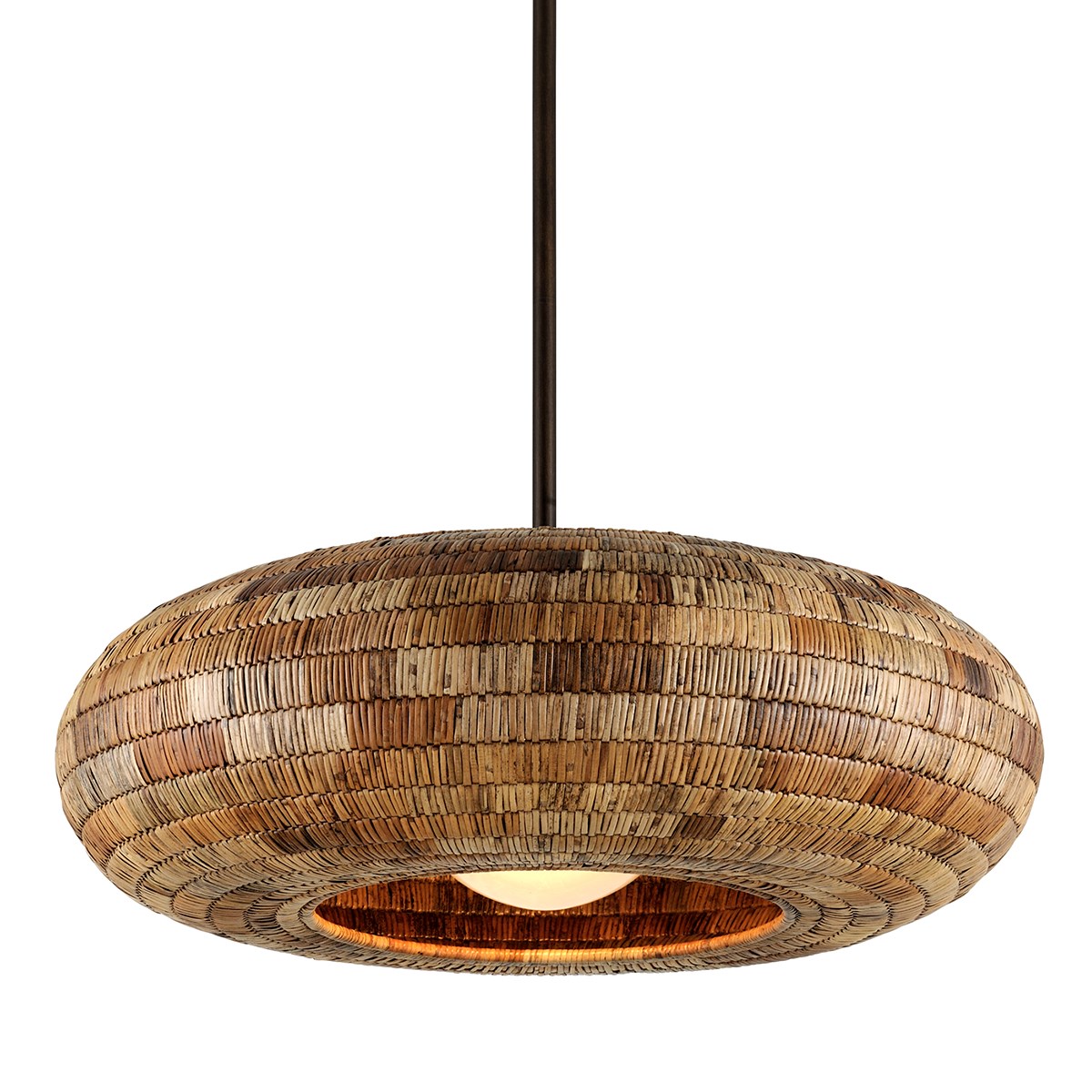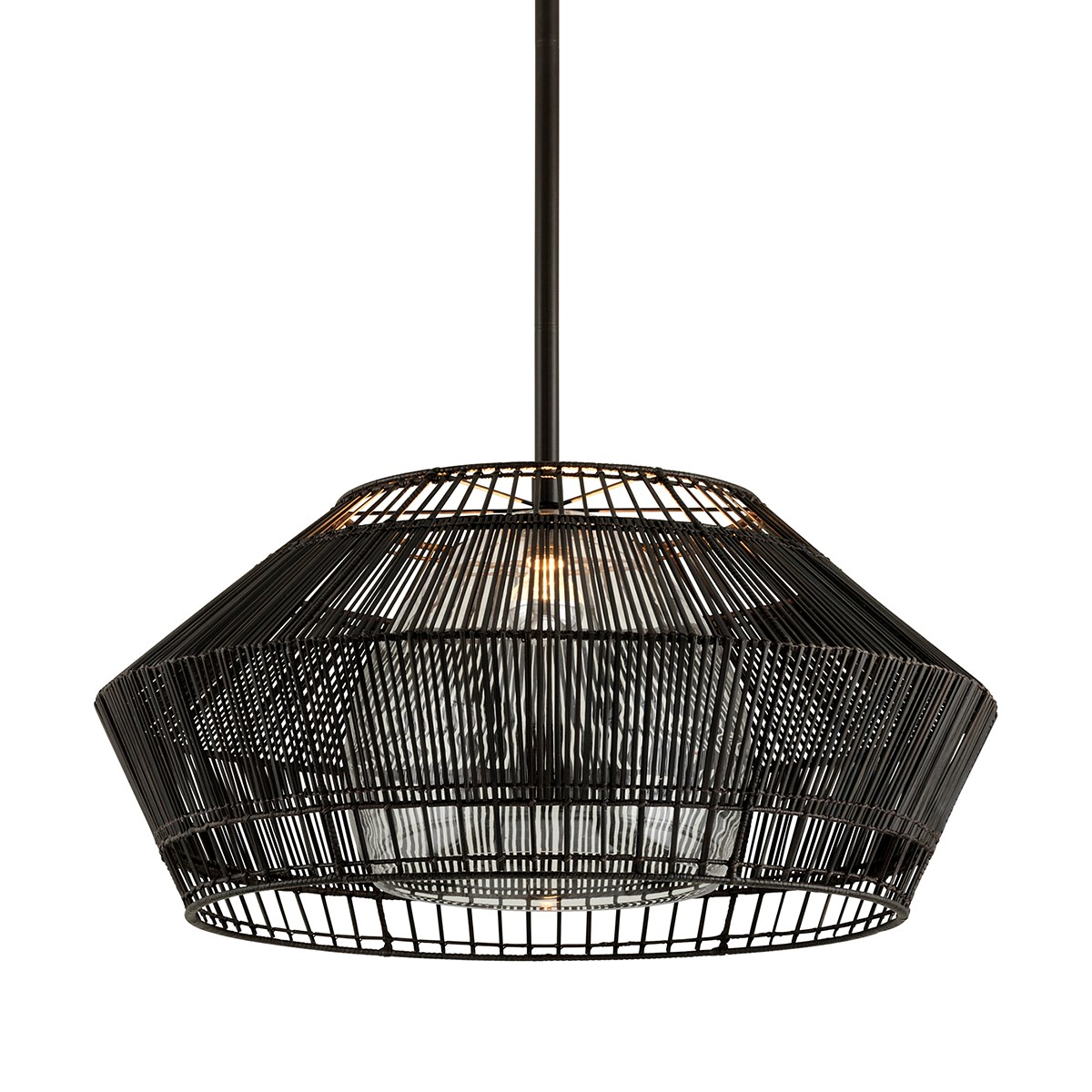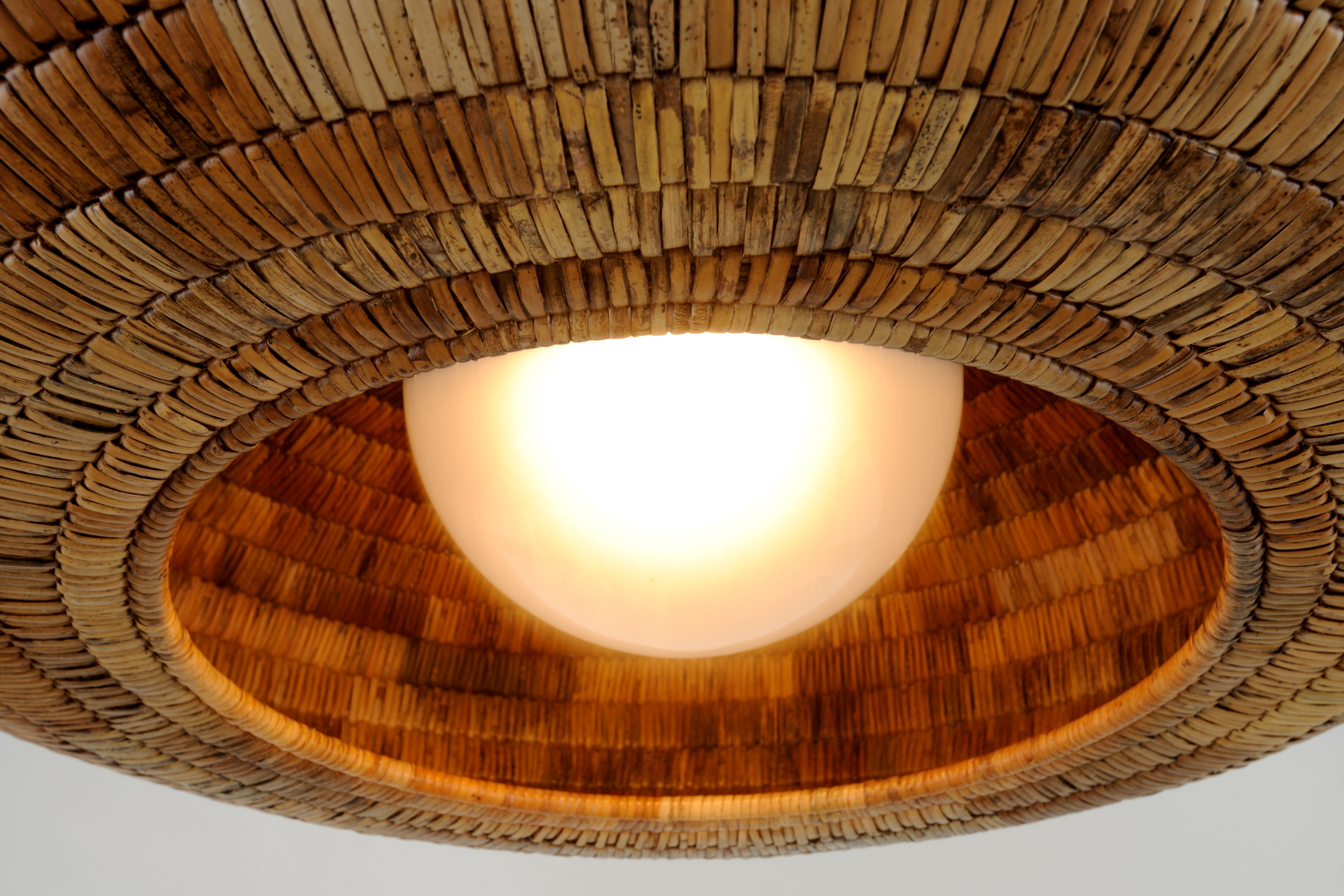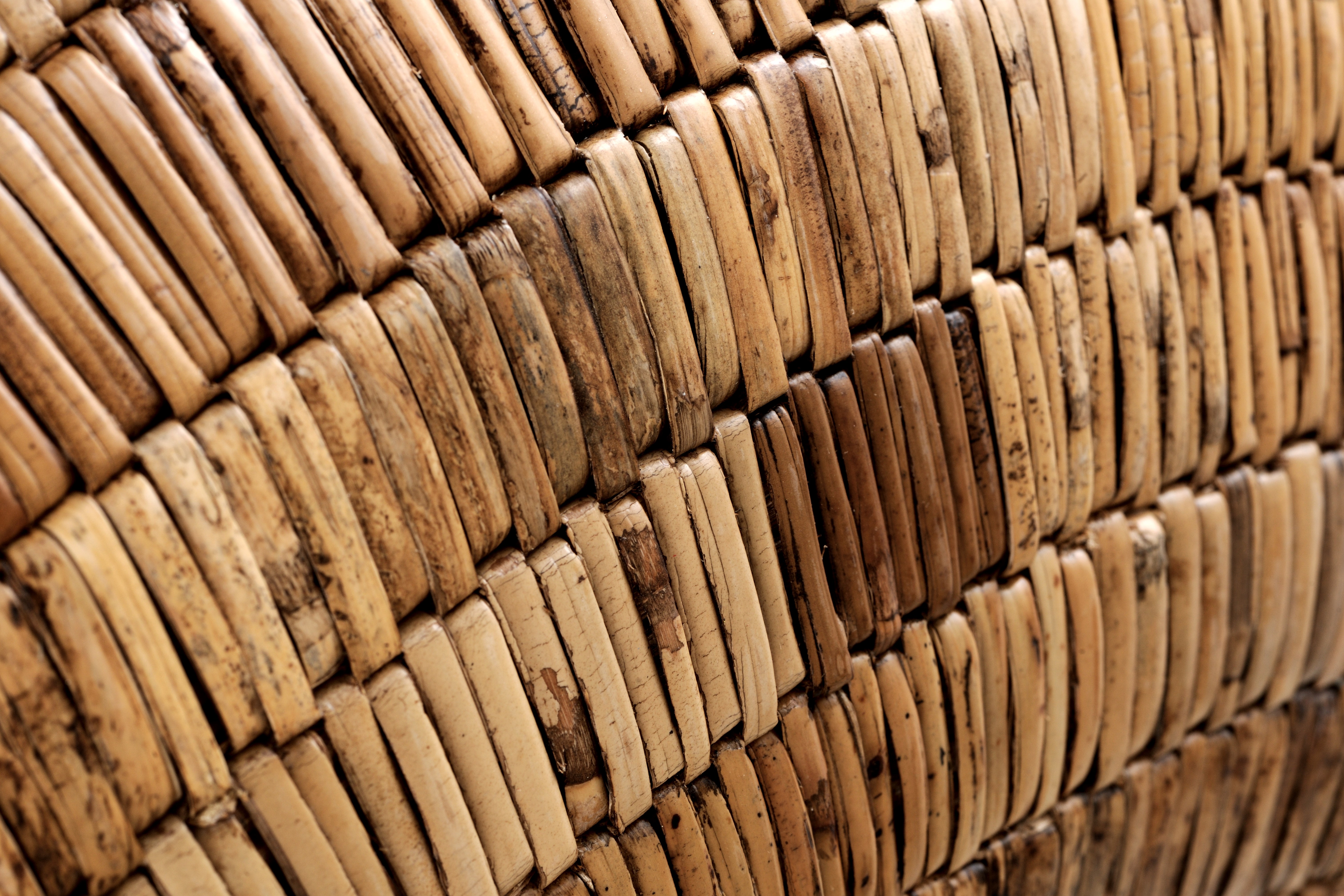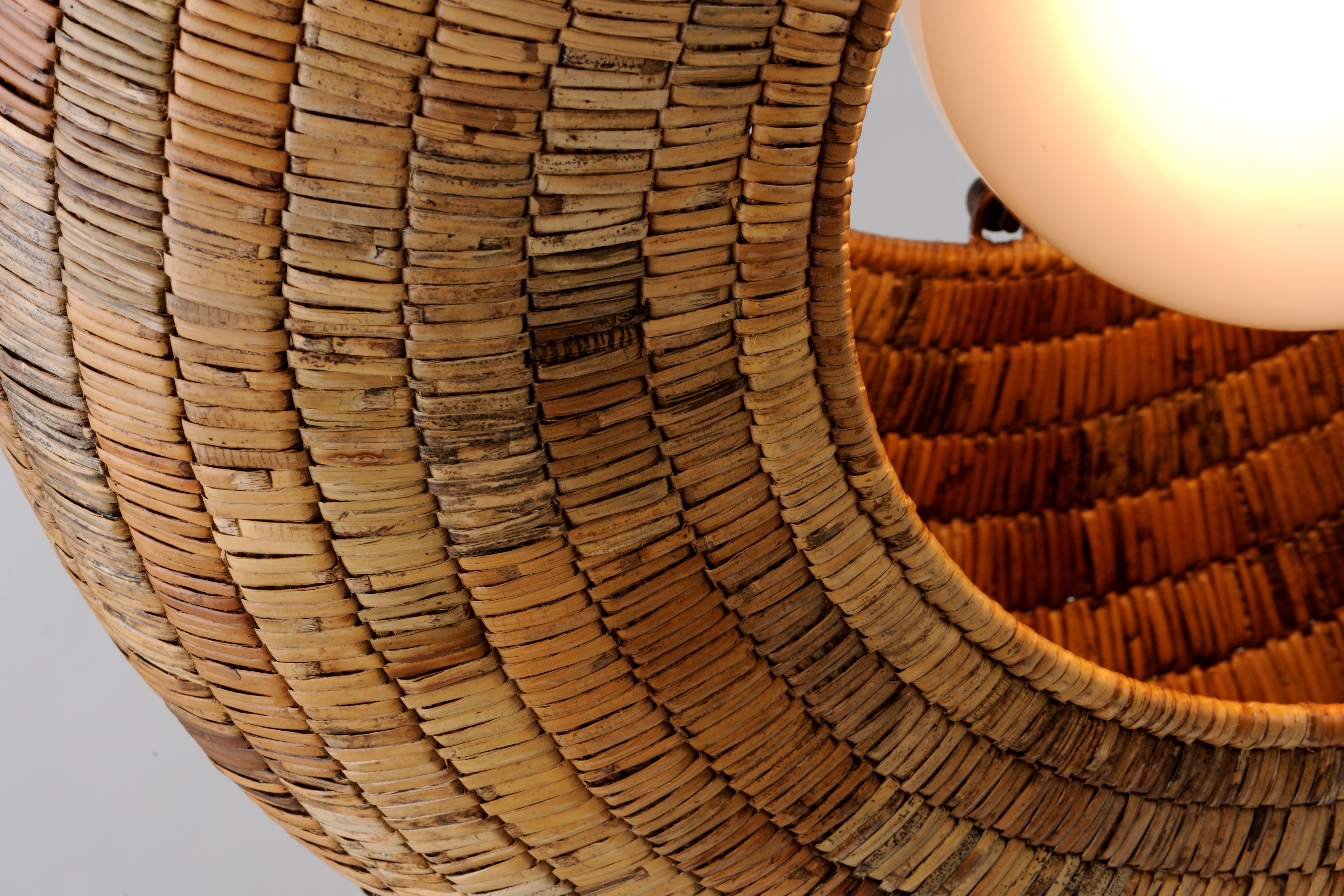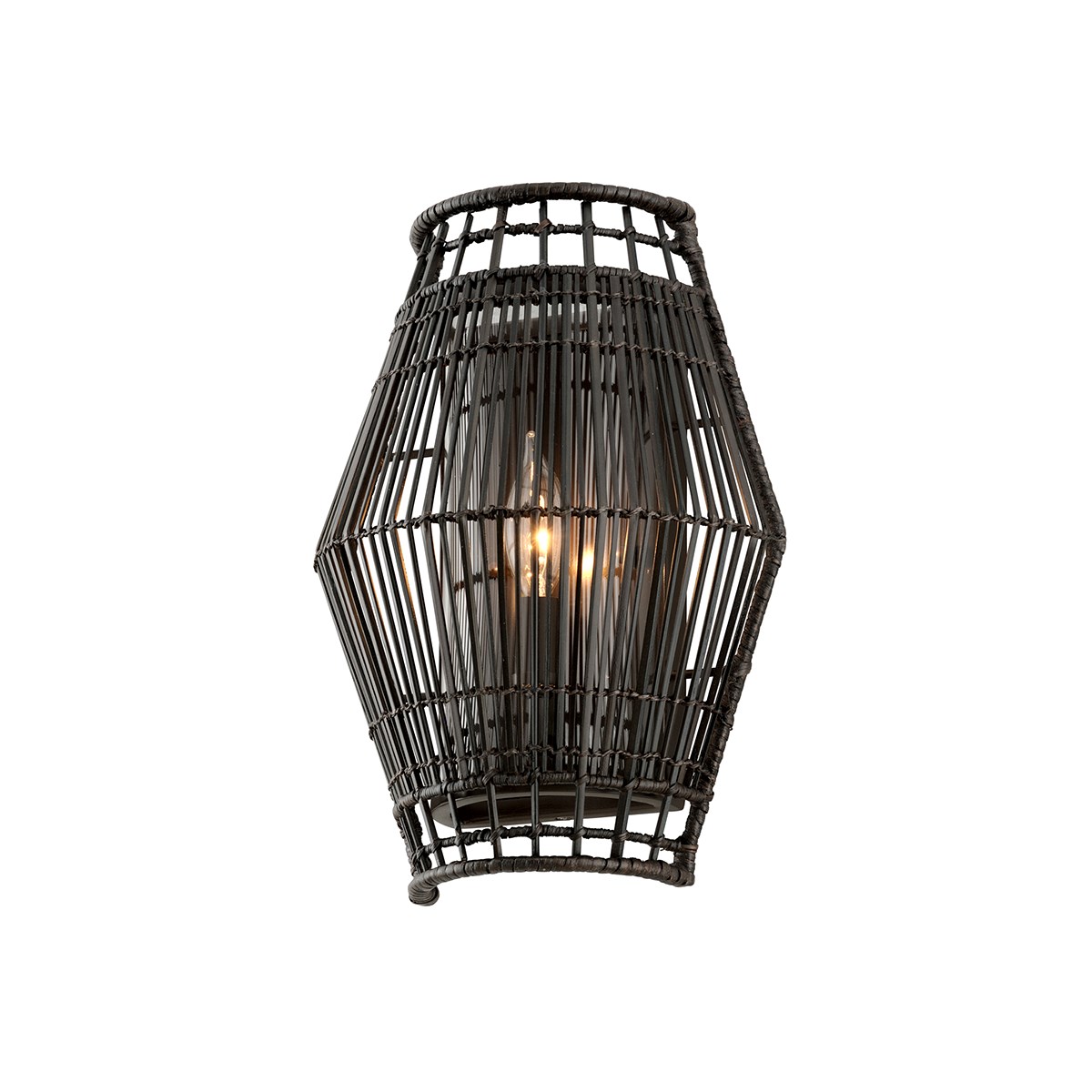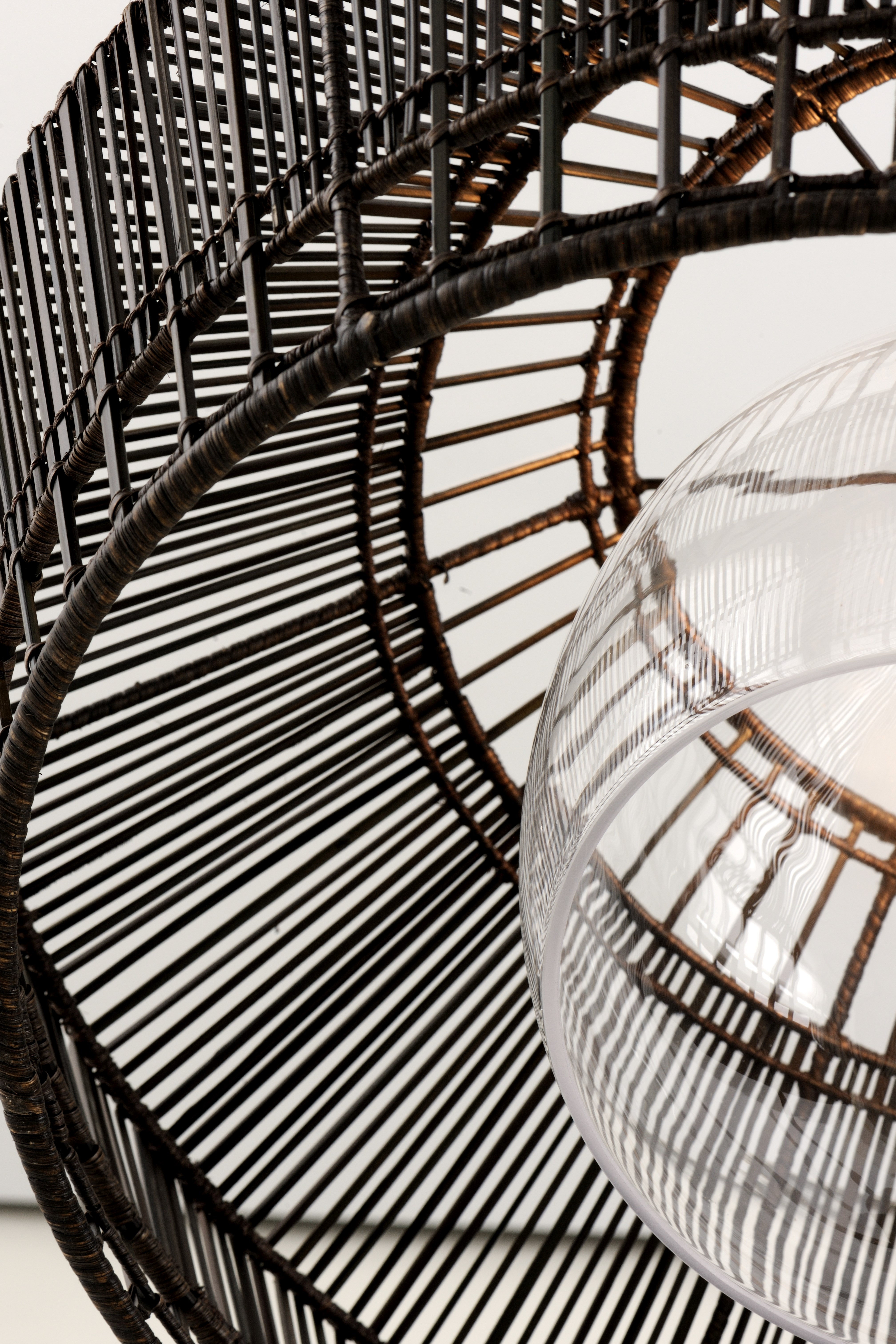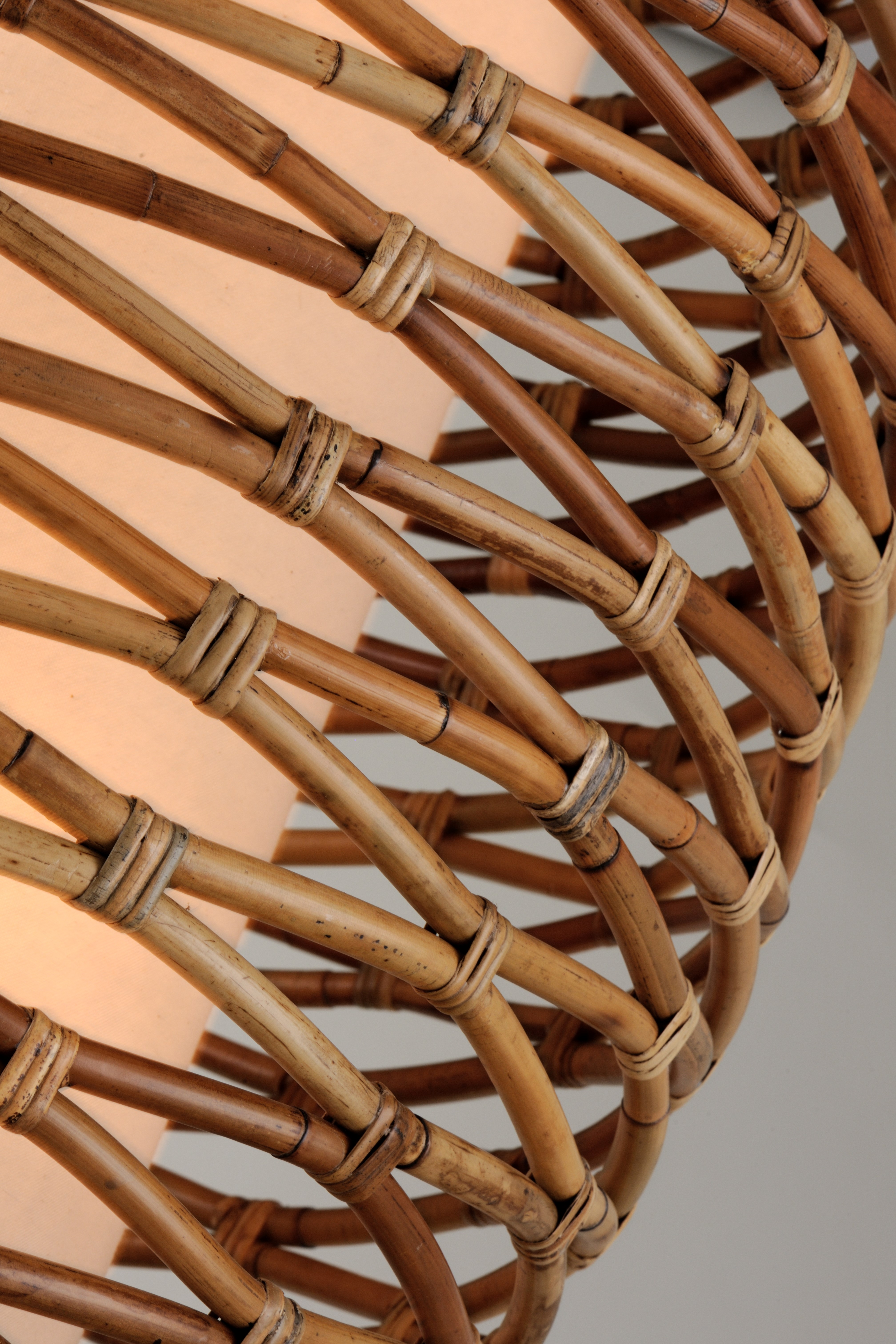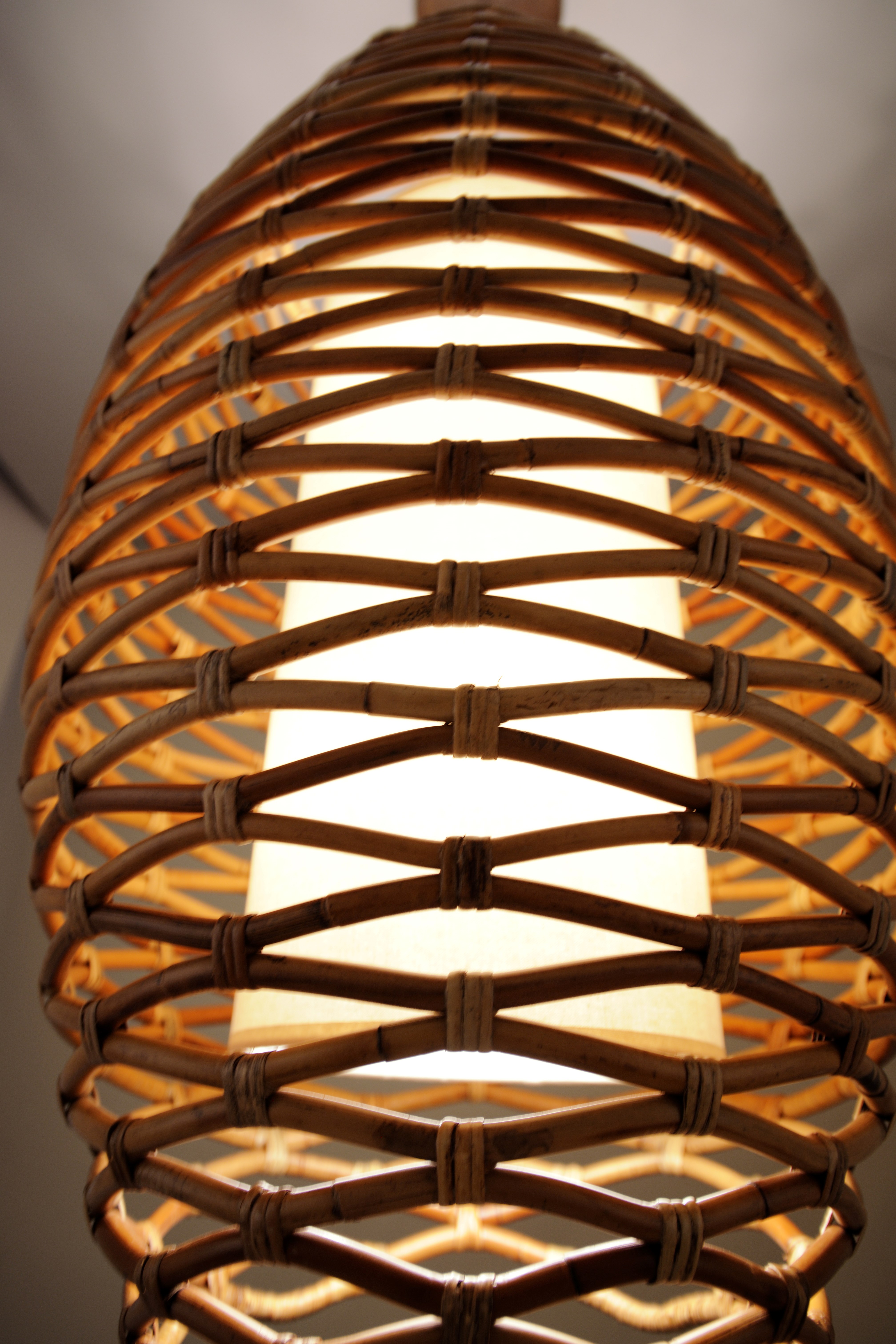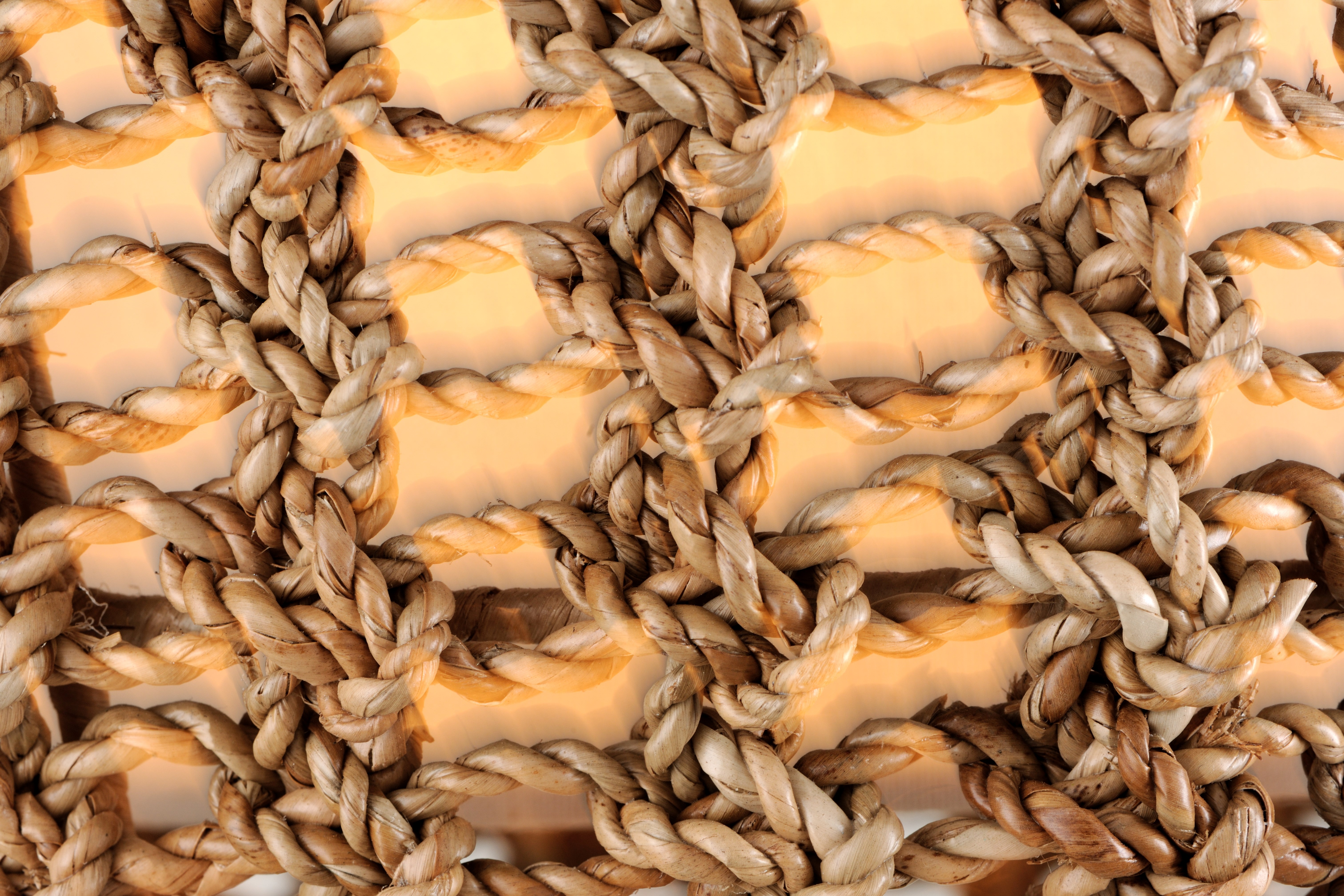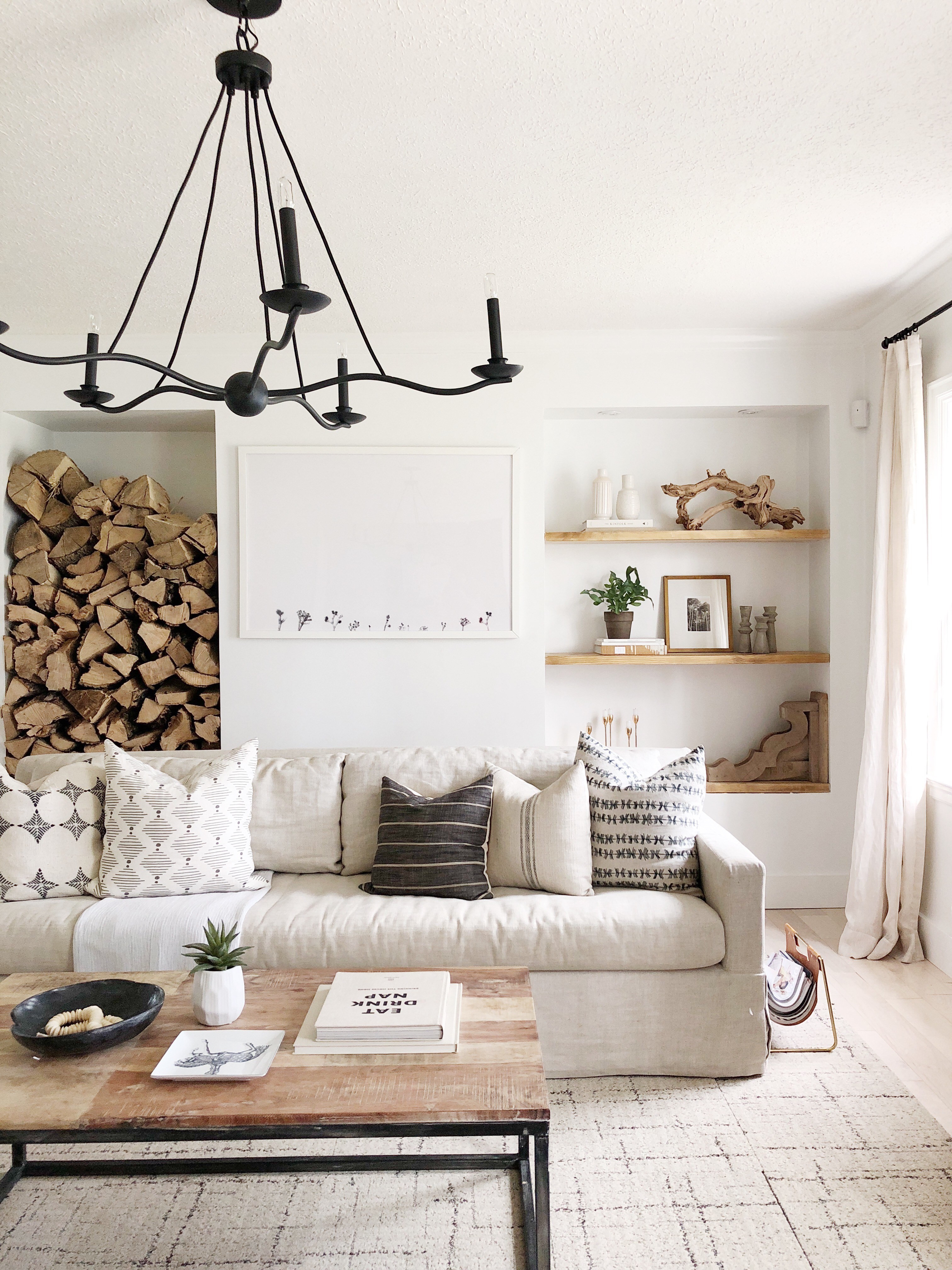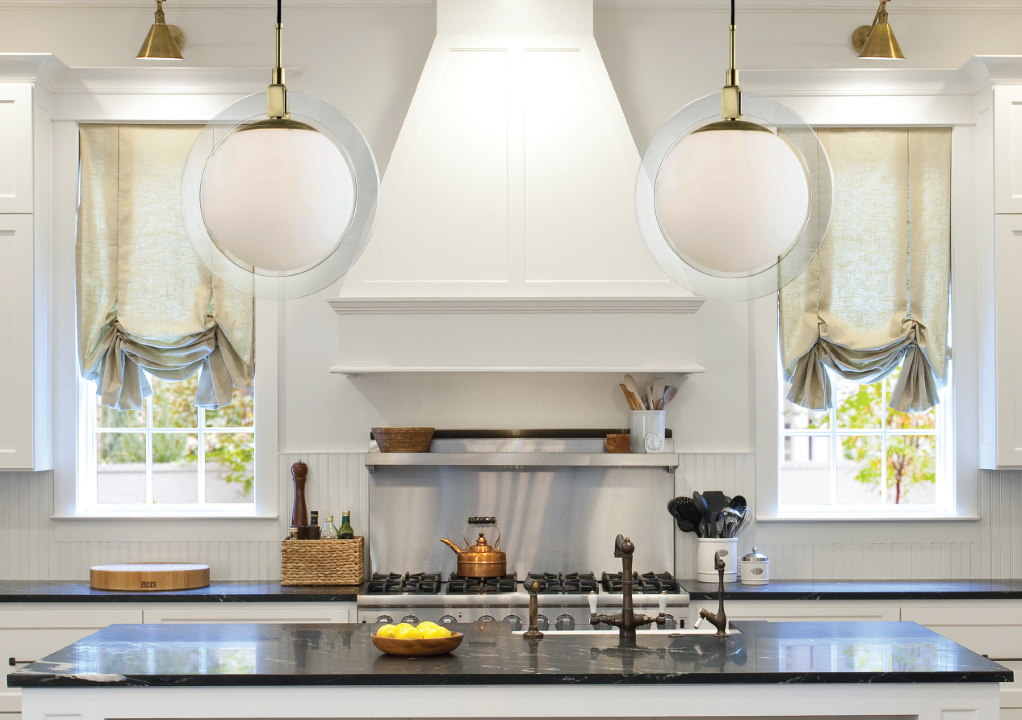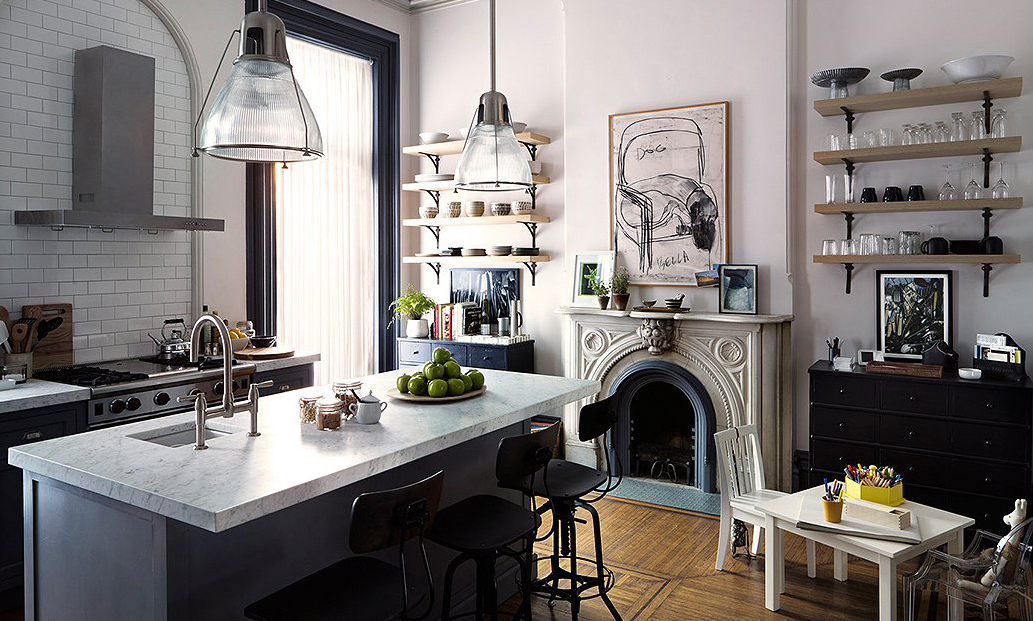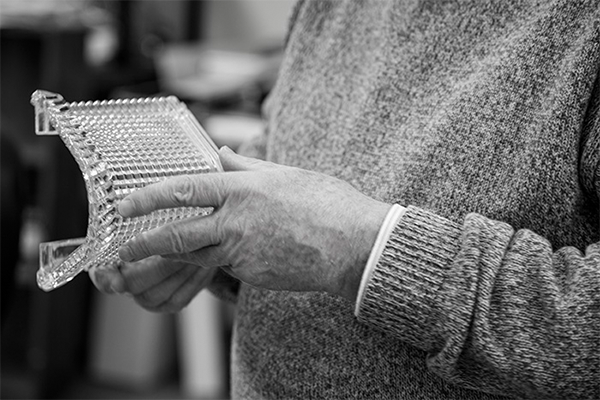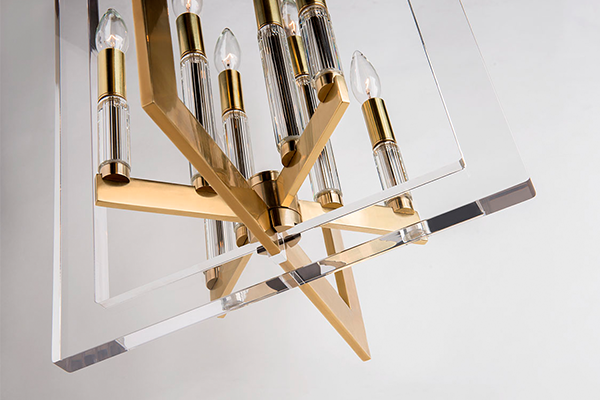Have you happened to notice that rattan is having a bit of a moment?
Perhaps it was inevitable. With the bohemian vibes creepin' up like, well, like rattan vines to make spaces as relaxing as they are cool (we all just needed to chill a bit this year, didn't we?), this ubiquitous '70s staple could not be far off. Kind of in the same wheelhouse as wicker and bamboo, rattan has several layers and parts which are transformed through ancient crafting techniques into home decor magic. While malacca, rattan, and buri ting ting all refer to the resilient and versatile tropical palm and the many products artisans and craftsmen make from it, wicker can be made out of bamboo or straw, though it is sometimes crafted of rattan.
It's this material, rattan, that is cropping up in novel ways as well as traditional ones in many spaces and the work of world-class designers. But don't take our word for it. Here are three articles from this year discussing its comeback: FifteenFifteen, HowToSpendIt, and BelgianPearls.



